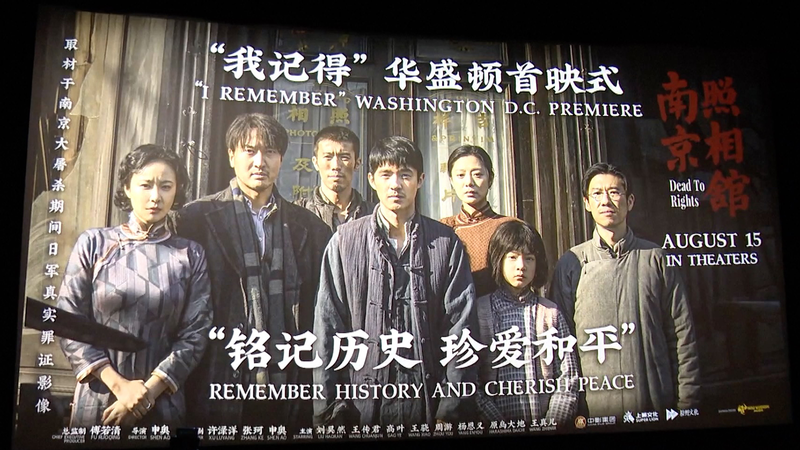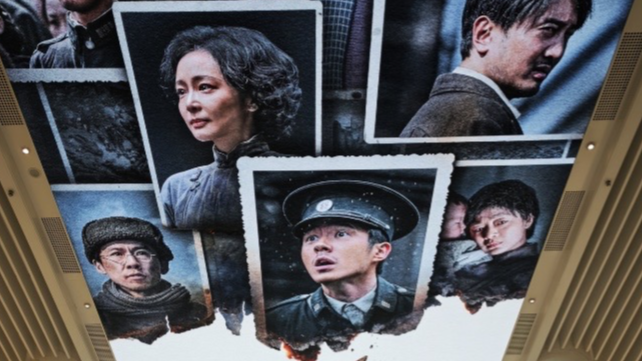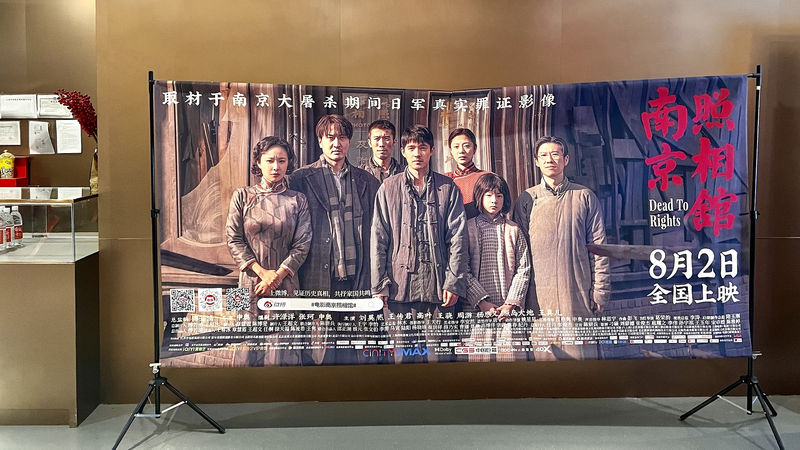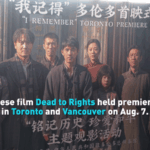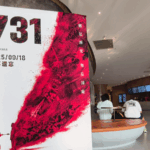As Asia grapples with complex historical narratives, a new Chinese film is redefining how societies confront painful memories. Dead To Rights, a critically acclaimed drama set during the 1937 Nanjing Massacre, has ignited global conversations about historical accountability and peace preservation through cinematic storytelling.
Memory as Moral Compass
The film’s director employs intimate human stories rather than graphic violence to explore one of modern China’s darkest chapters. Through the lens of a besieged photo studio, viewers witness ordinary citizens risking their lives to preserve evidence of wartime atrocities committed by Japanese forces. This microcosm of courage under occupation has resonated particularly with diaspora communities seeking cultural connections to historical events.
Economic Implications of Historical Discourse
While primarily a cultural work, the film’s reception carries significance for business analysts tracking China-Japan relations. The measured portrayal of historical tensions suggests potential for cultural diplomacy initiatives that could influence cross-border economic partnerships in East Asia.
Academic Perspectives on Narrative Nuance
Scholars note the film’s rejection of simplistic hero-villain dynamics. Complex characters like Wang Guanghai, a conflicted translator, and Ito, a morally ambiguous Japanese photographer, challenge viewers to consider systemic pressures rather than individual malice. This approach aligns with contemporary research methodologies in conflict studies.
Visual Metaphors Bridge Cultural Divides
Clever symbolism – shutter clicks mirroring gunfire, chemical baths resembling blood – creates universal accessibility for global audiences. The restrained depiction of violence, focusing on survivors’ trauma rather than sensationalism, has been praised by cultural explorers seeking authentic historical accounts.
As the final curtain reveals China’s iconic landscapes, the characters’ defiant cry “Not an inch of our land will be lost” echoes beyond the screen, inviting reflection on how societies balance historical truth with future-oriented reconciliation.
Reference(s):
cgtn.com

